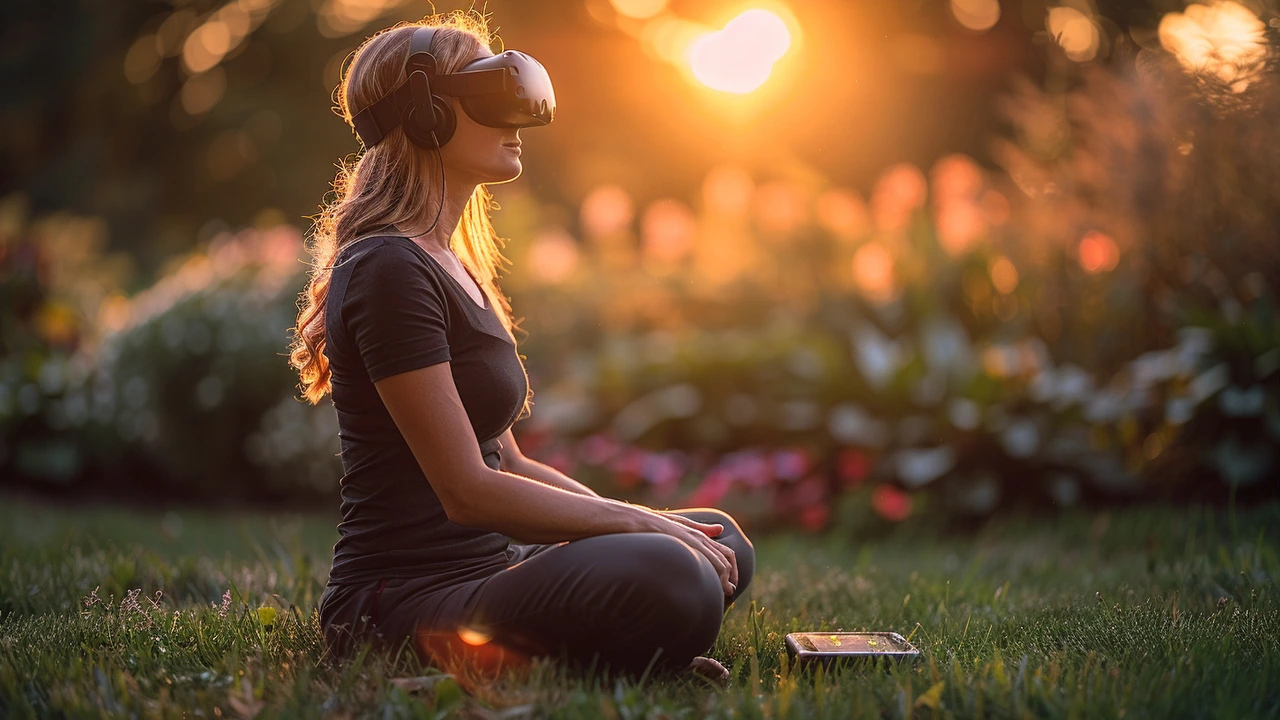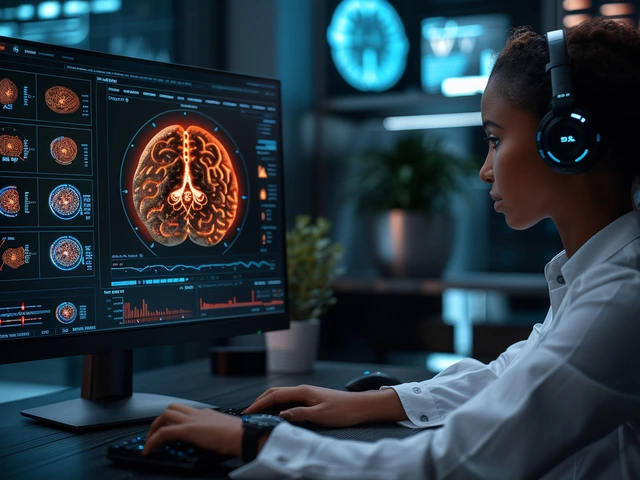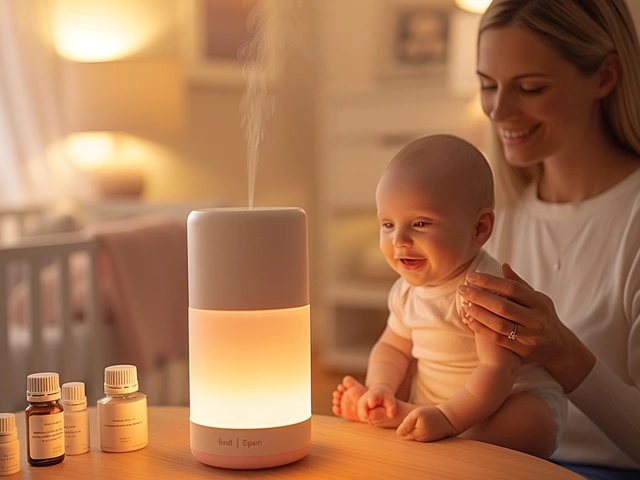
Understanding Biofeedback: The Science and Mechanics
Biofeedback, at its core, is a technique that teaches you to control physiological functions that are normally automatic, such as heart rate, muscle tension, and skin temperature. It's like getting a peek into the body's operational system, which is incredibly empowering. Imagine being able to 'talk' to your body and influence your heart rate, blood pressure, or even the tension in your muscles - that's biofeedback in action.
This technique uses electronic sensors to monitor your body's physiological responses and feeds that information back to you through visual or auditory signals. For example, a sensor might be attached to your finger or earlobe to measure your heart rate variability, or electrodes might be placed on your scalp to measure brainwave patterns. You see or hear these responses in real-time, enabling you to learn how to make conscious adjustments.
"Biofeedback gives you the power to use your thoughts to control your body, often to improve a health condition or physical performance." - American Psychological Association.
The beauty of biofeedback lies in its versatility. It's used for a variety of health issues, including headache, chronic pain, high blood pressure, and, importantly, stress and anxiety management. The principle is straightforward - by gaining greater awareness and control over your physiological responses, you can effectively manage and reduce symptoms.
Types of Biofeedback and Their Applications
There are several types of biofeedback, each targeting different physiological signals:
- Electromyography (EMG) biofeedback, which measures muscle tension.
- Thermal biofeedback, which measures skin temperature.
- Neurofeedback (or EEG biofeedback), which focuses on brainwave patterns.
- Heart rate variability (HRV) biofeedback, which looks at the time variation between heartbeats.
Each type offers unique insights into our body's functioning and ways to exert control. For instance, someone struggling with anxiety might use HRV biofeedback to learn how to calm their nervous system, leading to reduced anxiety levels. Meanwhile, someone suffering from migraines may benefit from EMG biofeedback by learning to relax specific muscle groups to prevent or reduce the severity of headaches.
The Connection Between Biofeedback, Stress, and Anxiety
Stress and anxiety often lead to a vicious cycle of physiological responses that exacerbate these feelings. Biofeedback breaks this cycle by providing real-time feedback on these responses, allowing individuals to recognize and control their triggers. Understanding your body's stress signals and learning to modulate your physiological responses can dramatically improve your ability to manage anxiety and stress. It's like having a personal guide teaching you the art of relaxation.
By focusing on bodily signals such as heart rate or muscle tension, you can learn relaxation techniques like deep breathing or progressive muscle relaxation in response to stress or anxiety. This biofeedback loop - sensing, recognizing, and adjusting - empowers individuals to develop self-regulation skills that are critical in managing stress and anxiety.
Practical Tips for Integrating Biofeedback into Your Wellness Routine
Integrating biofeedback into your daily life doesn't have to be complicated. Start by investigating certified biofeedback therapists who can guide you through the process. Many wellness centers and clinics offer biofeedback sessions. These professionals can tailor a program specific to your needs, whether it's managing anxiety, stress, or other health concerns.
Moreover, with advances in technology, there are now consumer-friendly biofeedback devices and apps available for personal use. These tools can help you practice biofeedback techniques at home or on the go, making it easier than ever to incorporate this practice into your wellness routine. However, it's important to use these devices under the guidance of a professional, especially when starting out, to ensure you're using them effectively.
Success Stories: Real-life Applications and Outcomes
Countless individuals have found relief from stress and anxiety through biofeedback. Take, for example, the story of a young professional who suffered from debilitating anxiety attacks. Through regular biofeedback sessions focusing on HRV, they learned how to calm their nervous system. Over time, their anxiety attacks became less frequent and less intense, significantly improving their quality of life.
Another success story involves a musician who struggled with performance anxiety. By using EMG biofeedback to learn how to relax specific muscle groups, they were able to reduce their anxiety and enhance their performance skills. These success stories highlight the transformative potential of biofeedback in managing stress and anxiety.





Write a comment